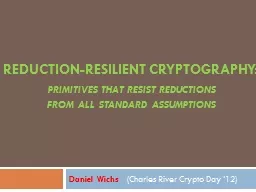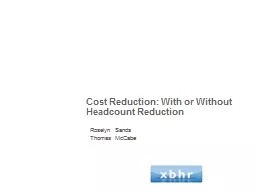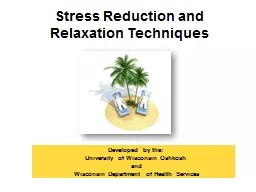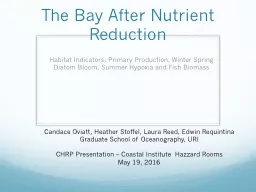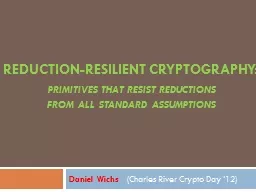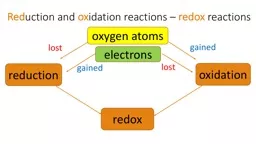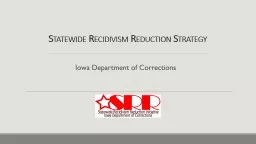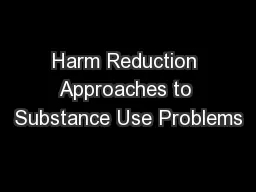PPT-The Reduction
Author : karlyn-bohler | Published Date : 2016-04-02
On van Manen 2014 Chapter 8 N Friesen Jan 21 2015 Heuristic Reduction Eidetic Reduction Bracketing the Self self and other in language Ethics of the reduction
Presentation Embed Code
Download Presentation
Download Presentation The PPT/PDF document "The Reduction" is the property of its rightful owner. Permission is granted to download and print the materials on this website for personal, non-commercial use only, and to display it on your personal computer provided you do not modify the materials and that you retain all copyright notices contained in the materials. By downloading content from our website, you accept the terms of this agreement.
The Reduction: Transcript
Download Rules Of Document
"The Reduction"The content belongs to its owner. You may download and print it for personal use, without modification, and keep all copyright notices. By downloading, you agree to these terms.
Related Documents


